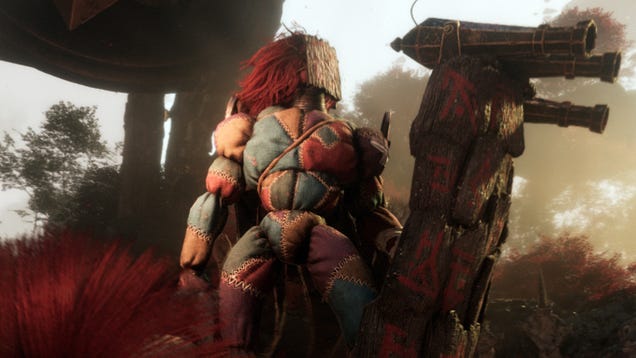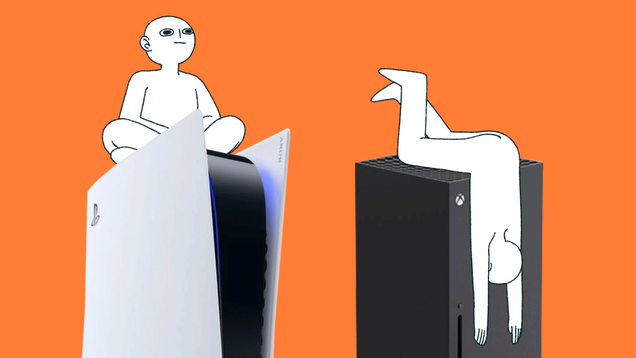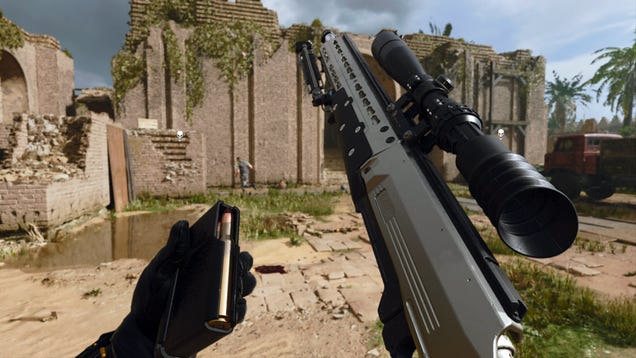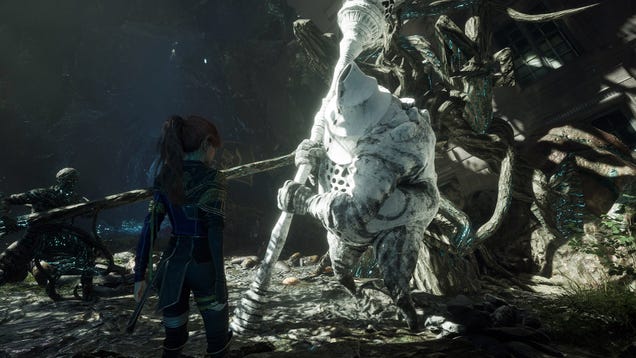






 Posted by msmash from Slashdot
Posted by msmash from Slashdot
From the 300-light-years-away department: An invisible molecular cloud that could shed light on how stars and planets form has been detected surprisingly close to Earth. From a report: Named Eos after the Greek goddess of the dawn, the cloud of gas would appear huge in the night sky if visible to the naked eye. It measures roughly 40 moons in width and has a weight about 3,400 times the mass of the sun, researchers reported in a study published Monday in the journal Nature Astronomy.
"In astronomy, seeing the previously unseen usually means peering deeper with ever more sensitive telescopes -- detecting those smaller planets ... those more distant galaxies," said study coauthor Thomas Haworth, an astrophysicist at Queen Mary University of London. "This thing was pretty much in our cosmic backyard, and we've just missed it," he added. Molecular clouds are composed of gas and dust from which hydrogen and carbon monoxide molecules can form. Dense clumps within these clouds can collapse to form young stars. The article clarifies that Eos is 300 light-years away, which to be sure, is closer than any of the molecular clouds that we've known about previously.







 Posted by from MMO Champion
Posted by from MMO Champion
Mythic Dungeon International 2025 - Group A
The Mythic Dungeon International returns this weekend with Group A! Tune in on
Twitch and
YouTube to watch top teams speedrun dungeons for their share of $30,000 (USD) in prize money and qualify for the Global Finals.
MDI 2025 - Official Viewer's Guide
MDI 2025 - Group A - Day 1
MDI 2025 - Group A - Day 2
MDI 2025 - Group A - Finals
Mythic Dungeon International 2025 - Tournament Info
Tournament Dates:
Group A: May 2-4
Group B: May 9-11
Group C: May 16-18
Global Finals: May 30 - June 1
Broadcast Start Time: 10:00 AM PDT / 7:00 PM CET
Groups Format: Each day, four teams push keys simultaneously, with the top two teams advancing to compete in the finals on day three







 Posted by msmash from Slashdot
Posted by msmash from Slashdot
From the leave-the-kitty-alone department: A thought experiment involving a cat trapped in a steel box with a potentially lethal device, first proposed by physicist Erwin Schrodinger in 1935, remains at the center of scientific and philosophical debate as it marks its 90th anniversary.
The paradox, initially published in a technical review of quantum mechanics, presented a scenario where a cat could theoretically exist in a superposition of states -- both alive and dead simultaneously -- until observed, highlighting profound questions about quantum reality. "Schrodinger understood that under no circumstances could his cat be considered to be both alive and dead at the same time," science writer Jim Baggott noted in a recently published essay. Baggott co-authored "Quantum Drama: From the Bohr-Einstein Debate to the Riddle of Entanglement" in 2024.
The thought experiment gained cultural traction largely through science fiction writer Ursula Le Guin's 1974 short story "Schrodinger's Cat," which wrestled with the paradox's philosophical implications. This sparked widespread appearances across literature, film, and television.
The paradox continues to divide physicists between those accepting quantum mechanics as a mathematical framework for prediction and others, like Einstein and Schrodinger himself, who considered the theory fundamentally incomplete.



 Somehow, with all the other wild shit happening in the early going in Clair Obscur, a golem made of bits of wood and burlap sacks who beats people to death with his dead partner who’s a living paintbrush comes off as just another day at the office. Problem is, getting caught underestimating that thing is a quick and…
Somehow, with all the other wild shit happening in the early going in Clair Obscur, a golem made of bits of wood and burlap sacks who beats people to death with his dead partner who’s a living paintbrush comes off as just another day at the office. Problem is, getting caught underestimating that thing is a quick and…
 At the start of this week you could snag a used Xbox Series S in the U.S. for around $250. Just days later, Microsoft hiked the price of new Series S units to $380, and the Series X all the way to $600. The tech giant blamed “market conditions,” AKA President Trump’s trade war with China. But tariffs will come for all…
At the start of this week you could snag a used Xbox Series S in the U.S. for around $250. Just days later, Microsoft hiked the price of new Series S units to $380, and the Series X all the way to $600. The tech giant blamed “market conditions,” AKA President Trump’s trade war with China. But tariffs will come for all…
 1. Best HDR loadout
1. Best HDR loadout


 Have you heard the news? Grant Theft Auto 6, which was announced with a 2025 release window, has been delayed until May 2026. A year away. Yikes! But actually, that’s okay, because 2025 has been so jam-packed with good games (and more are coming) that we didn’t really need GTA 6 anyway.
Have you heard the news? Grant Theft Auto 6, which was announced with a 2025 release window, has been delayed until May 2026. A year away. Yikes! But actually, that’s okay, because 2025 has been so jam-packed with good games (and more are coming) that we didn’t really need GTA 6 anyway.
 There are plenty of side quests in Clair Obscur: Expedition 33. One very early on in the game can have big ramifications later on depending on what you decide to do.
There are plenty of side quests in Clair Obscur: Expedition 33. One very early on in the game can have big ramifications later on depending on what you decide to do.

 Alongside the Kilo 141 and HDR Sniper Rifle, the third primary weapon added at the launch of Call of Duty: Black Ops 6 Season 3 is the CR-56 AMAX. It’s a lightweight, accurate assault rifle with versatility ingrained in its design. With numerous attachments to boost its stats, this is a primary weapon anyone can wield…
Alongside the Kilo 141 and HDR Sniper Rifle, the third primary weapon added at the launch of Call of Duty: Black Ops 6 Season 3 is the CR-56 AMAX. It’s a lightweight, accurate assault rifle with versatility ingrained in its design. With numerous attachments to boost its stats, this is a primary weapon anyone can wield…
 Whelp, Grand Theft Auto VI isn’t coming out in 2025 after all. Many are shocked but not surprised. Big games often get delayed, though GTA VI is the biggest of them all and had executives promising it wouldn’t slip its fall launch as recently as February. It’s a terrible bait and switch for fans, but potentially a…
Whelp, Grand Theft Auto VI isn’t coming out in 2025 after all. Many are shocked but not surprised. Big games often get delayed, though GTA VI is the biggest of them all and had executives promising it wouldn’t slip its fall launch as recently as February. It’s a terrible bait and switch for fans, but potentially a…